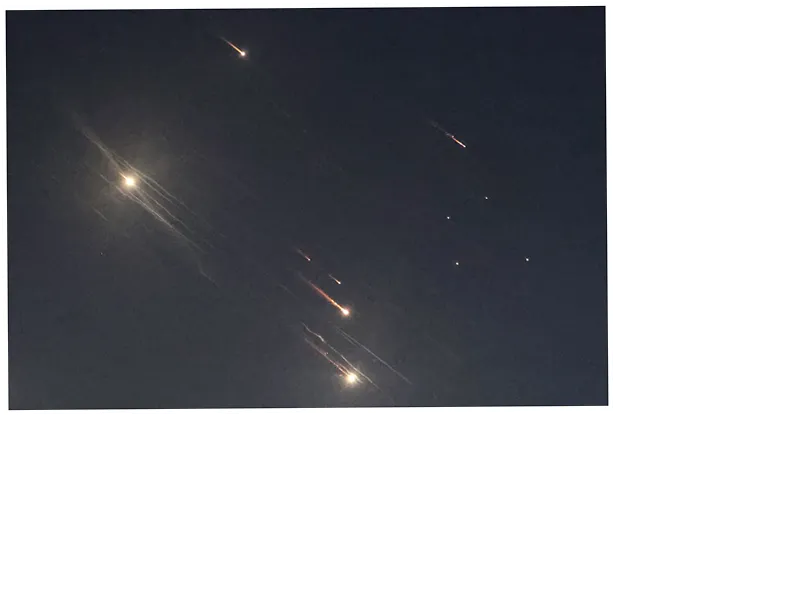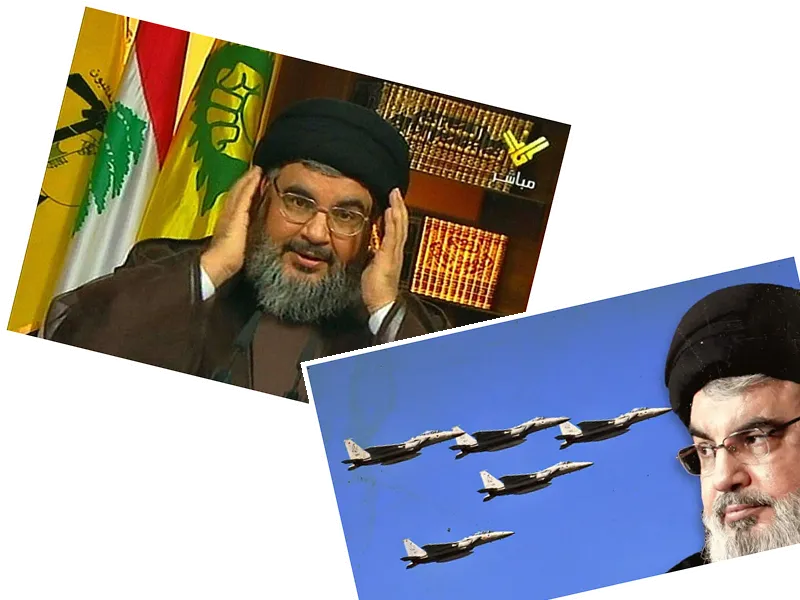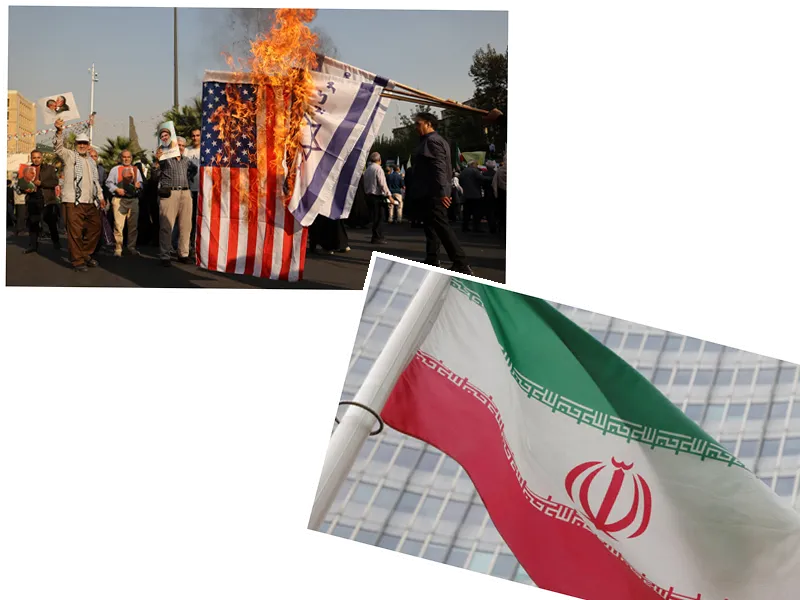A Year of Turmoil for Iran and Its Proxies
As the Middle East grapples with the aftermath of the October 7, 2023, Hamas massacre, Iran finds itself in an unprecedented strategic decline. Once viewed as a key player in the region, Tehran's proxies, including Hamas and Hezbollah, have suffered significant losses, leading to a catastrophic year for the Iranian regime. The Israeli military has effectively targeted and weakened these groups, raising questions about Iran's future influence in the region.
The year began with Iran seemingly positioned to expand its influence, capitalizing on a reduced U.S. military presence and ongoing tensions in Israel. However, the reality has shifted dramatically. Hamas has been decimated, and Hezbollah's capabilities have been significantly diminished, forcing Iran to take a more aggressive stance in retaliation. This shift has not only increased the risk of direct conflict with Israel but also highlighted Iran's vulnerability in the face of a united Israeli front.
Iran's Risky Moves and Their Consequences
Iran's strategy has become increasingly risky, marked by missile attacks on Israel that have had little to no impact. The Iranian leadership's attempts to assert dominance through military action have only served to unify Israeli political factions against them. Furthermore, the prospect of potential retaliation for attempted attacks on former U.S. officials underscores the precarious position Iran occupies. The Iranian regime's decisions appear driven by a desperate need for deterrence, yet they have failed to achieve their intended effects, leaving Tehran isolated and under pressure.
In a surprising turn of events, Iran's Supreme Leader Ali Khamenei has publicly praised the October 7 attacks, indicating a refusal to retreat or reassess their aggressive strategy. This defiance poses a significant challenge for the U.S. and its allies, who must now consider whether to escalate their response to Iran's provocations. The potential for further military action looms large, suggesting that the current year may have been just the beginning of a more tumultuous period ahead.
The Path Forward: Seeking Stability Amidst Chaos
As Israel continues to confront threats from both Hamas and Hezbollah, the question remains: what comes next? While many in Israel support military action against these groups, there is also a strong desire for a political resolution. The ongoing violence has highlighted the need for a comprehensive strategy that goes beyond immediate military victories.
The Israeli government faces criticism for its lack of a coherent long-term strategy, particularly in dealing with Iran, a nation far more complex than its proxies. As the situation evolves, the importance of diplomatic channels and international cooperation cannot be overstated. A sustainable peace in the region will require addressing the underlying issues that fuel conflict and ensuring that the mistakes of the past are not repeated.
For Iran, the path forward may involve recalibrating its approach, focusing on rebuilding its proxy networks while navigating the realities of a changing geopolitical landscape. The coming months will be crucial in determining whether Iran can regain its footing or if it will continue to spiral into deeper isolation.





